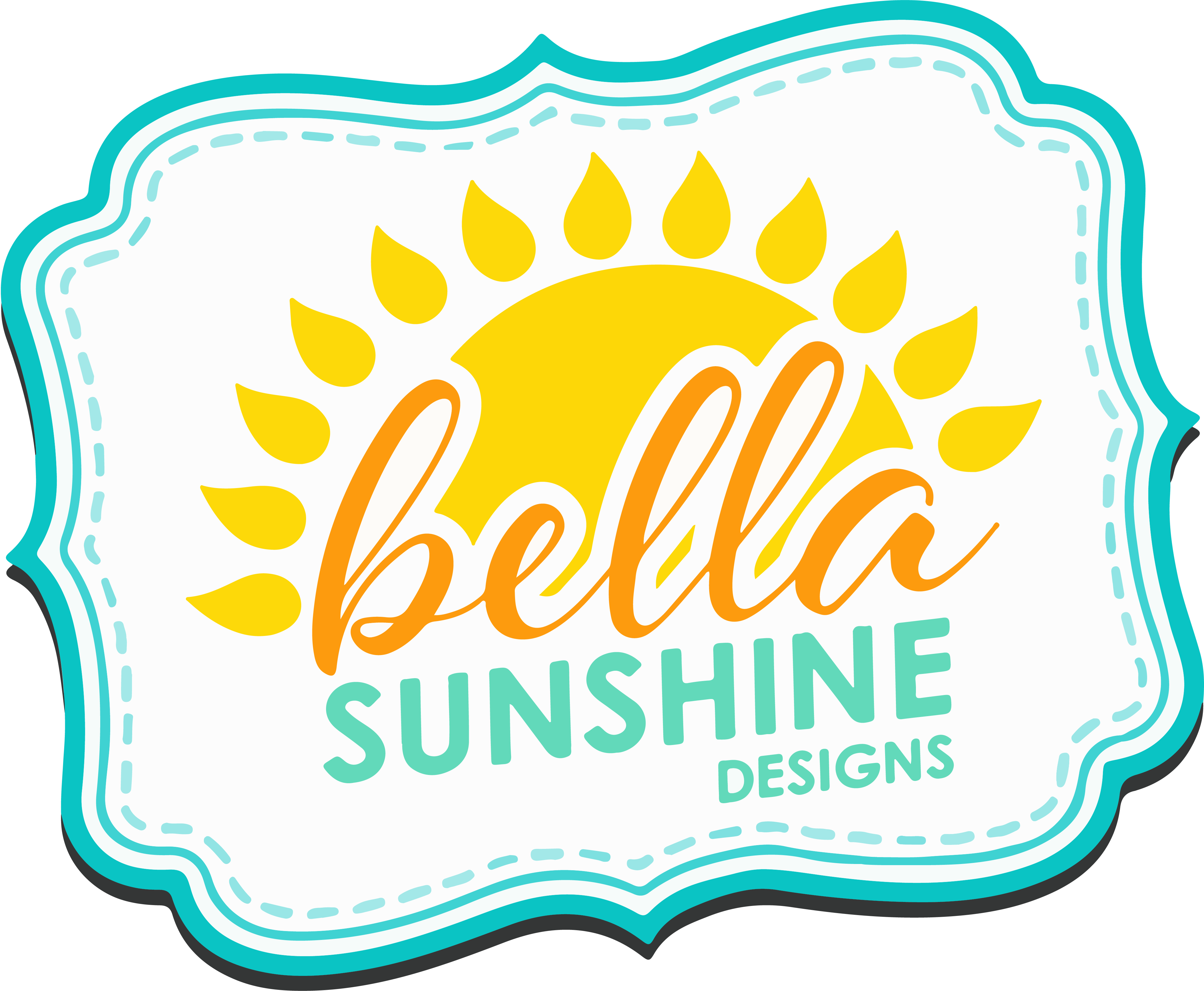
Here at Bella Sunshine Designs, we have been rebranding all our patterns. With that rebrand, we also added Projector files. While this is a newer option to the PDF sewing pattern world it can save you money as well as time and is great for the environment. Who knew going green could be so creative?
When creating our Projector files we did a lot of research both in the sewing community in groups such as Projectors for sewing as well as hands-on testing. We made a list of desired features from other sewists and got to work. Choosing a projector that is right for you is a hard decision that depends on many factors. From cutting area/board size to budget and ceiling height. If you have not chosen what projector is right for you you can read our blog post here.
So you have your favorite pattern downloaded and you are not sure what to do next? We will show you some steps you can use to project your PDF pattern in the best way possible for your environment and fabric choice.
Open your pattern in Adobe Reader. The program can be downloaded for free here.
All BSD patterns include layered pattern tiles that allow you to choose only the sizes you wish to cut out as well as other layer options. On the left of the screen, you will see some icons. Select the one that looks like a stack of papers. For our projector files, you will see the usual size layers as well as 2 layers that are unique to the projector files. They are titled 1” Grid and 1CM grid. These are used to double-check that the calibration of your projector is correct in either inches or CM. Once you're all lined up these can be deselected to make the projected pattern pieces easier to see.

Have you ever had a hard time trying to see the lines of a pattern when projecting? Changing the color set up can make a big difference. Choosing which setting to use for the projected color setup depends on fabric color and personal preference. This may sound very confusing but is easy to do. If you have a light-colored fabric like pale blue you can probably keep the settings just as they are. With darker fabrics like royal blue seeing the black outlines of the pattern pieces or text might be hard. This is where changing your settings will come in handy. The pattern will come with a white background and black outlines like the ones used for the printed version. Changing the settings below will allow you to change the white background to black and all lines and text to white. This will make seeing the lines much easier on darker fabrics.
Original Colors


Reversed Colors


To reverse colors:
In Adobe go to: Edit -> Preferences -> Accessibility

Select: “Replaces Document Colors”

Select: “Use High-Contrast colors” and select “White text on black”

Select: Change the color of the line as well as text.

Press: Ok
Note- To get back the original color setting just deselect “Replace Document Colors” and press Ok.
Or if you would like to experiment with different color combinations to suit your needs you can use the steps below.
In Adobe go to: Edit -> Preferences -> Accessibility
Select: “Replaces Document Colors”
Select: “Custom Color”
Choose the “Page background” and “Document Text” colors you desire.
Press: Ok
Note- To get back the original color setting just deselect “Replace Document Colors” and press Ok.
Now that you have your grid lined up and you have the color selection just right for your needs it's time to talk about the pattern pieces. All folds will be to the left so that your fabric will only need to be folded in one direction (unless using a circle skirt which requires a double fold.). All pattern pieces also share the same grainline. This will make cutting out pieces easier as your fabric will not have to be turned or adjusted. You will also notice there are numerous 2.5” and 4CM squares for those that like to check calibration with each pattern piece.

It's time to choose your size and start cutting. Once your size is chosen and your fabric is laid out you can cut out all the pieces you need. As you are cutting you will notice that the projected pieces will run off the end of most cutting boards. When this happens simply scroll down in the Adobe file and watch as your projected image moved onto the cutting board. Continue to do this until all pieces are cut out. For larger pieces, you will want to make sure that those are cut one at a time to make sure that you do not need to move the projected image when in the middle of cutting.
Once all your pieces are cut it is time to sew. Please share your creations in our Facebook Group or Instagram.
